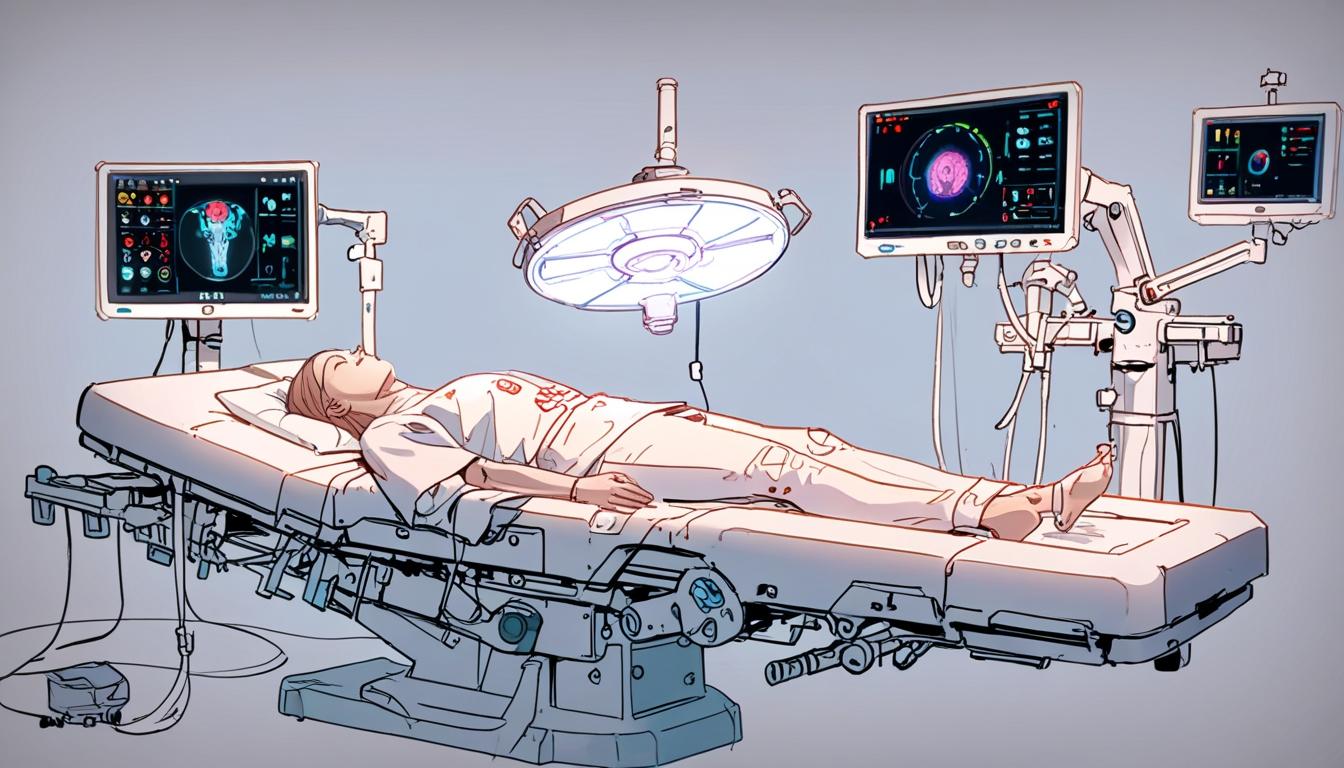The global market for pain management and surgical devices is projected to witness considerable growth between 2025 and 2032, driven by technological advancements, evolving consumer demand, and favourable regulatory environments. According to a recent analysis by Market Research Intellect, the expanding prevalence of chronic pain conditions and the increasing volume of surgical procedures worldwide are significant factors contributing to this upward trajectory.
The market expansion is underpinned by several key dynamics. An ageing global population has led to a rise in musculoskeletal and neurological disorders, thereby increasing the need for effective pain management and surgical interventions. Furthermore, technological innovations in minimally invasive surgical techniques, neurostimulation technologies, and advanced drug delivery systems are enhancing patient outcomes and promoting wider adoption of these devices. The increasing focus on patient-centric care, along with the development of healthcare infrastructure in emerging economies, is also boosting market growth.
This growth is complemented by the expanding scope of applications for pain management and surgical devices, spanning hospitals, ambulatory surgery centres, and specialised pain management centres. The market encompasses treatments addressing various pain types, including neuropathic pain, cancer-related pain, failed back surgery syndrome, and musculoskeletal disorders.
Market Research Intellect highlights that several factors are propelling industry expansion. These include ongoing innovations in product development, digital integration such as artificial intelligence (AI) and the Internet of Things (IoT), and government initiatives supporting sustainable and efficient healthcare solutions. Companies are increasingly investing in research and development to introduce high-performance and cost-effective devices, thereby making them accessible to a broader range of consumers.
However, the market faces certain challenges. High initial investment costs present barriers for new entrants, particularly small and medium-sized enterprises. Regulatory complexities require firms to navigate stringent compliance standards, which may slow product introduction. Additionally, supply chain disruptions, economic fluctuations, and intensifying competition among established players add to the sector’s volatility. Market saturation in developed regions is urging companies to seek growth opportunities in less developed, emerging markets, although such markets may present their own infrastructural and regulatory hurdles.
A notable trend influencing the market is the incorporation of advanced digital technologies that streamline operations and improve device functionalities. Sustainability considerations are increasingly shaping manufacturing processes and material choices, aligning with stricter environmental regulations and consumer preferences. Personalisation and customisation of devices to meet specific patient needs are also gaining emphasis, reflecting shifts towards tailored healthcare.
Regionally, North America currently dominates the market due to robust investment in research and development, a concentration of leading corporations, and well-established healthcare infrastructure. Europe maintains a significant share, supported by rigorous regulatory frameworks and innovation-driven industries, especially in countries like Germany, France, and the United Kingdom. The Asia-Pacific region is anticipated to experience the fastest growth, propelled by rapid industrialisation, urbanisation, and government-backed healthcare initiatives in countries such as China, Japan, and India. Emerging markets in Latin America, the Middle East, and Africa show potential despite challenges related to economic stability and regulatory environments.
The competitive landscape is marked by prominent multinational corporations such as Abbott Laboratories, Avanos Medical Inc., Boston Scientific Corporation, Johnson & Johnson, Medtronic plc, Merit Medical Systems Inc., Nevrocorp, Nuvectra, and Stryker Corporation. These companies are focusing on product innovation, mergers and acquisitions, and strategic partnerships to maintain and grow their market share. The industry is also witnessing the entry of startups introducing disruptive technologies, intensifying competition.
Digital transformation initiatives employing AI-driven analytics, automation, and IoT integration are modifying operational paradigms across the market, enabling improved efficiency and user engagement. Companies that prioritise sustainability and regulatory compliance alongside innovation are better positioned to capture market opportunities.
In conclusion, the pain management and surgical devices market is set for consistent growth throughout the forecast period, guided by technological evolution, demographic changes, and expanding healthcare needs. While challenges such as regulatory complexity and market saturation persist, the integration of digital technologies and expansion into emerging markets offer promising avenues for development. As this sector continues to evolve, investment in research and innovation remains crucial to meeting the rising demands for effective and customised pain management solutions.
Source: Noah Wire Services
